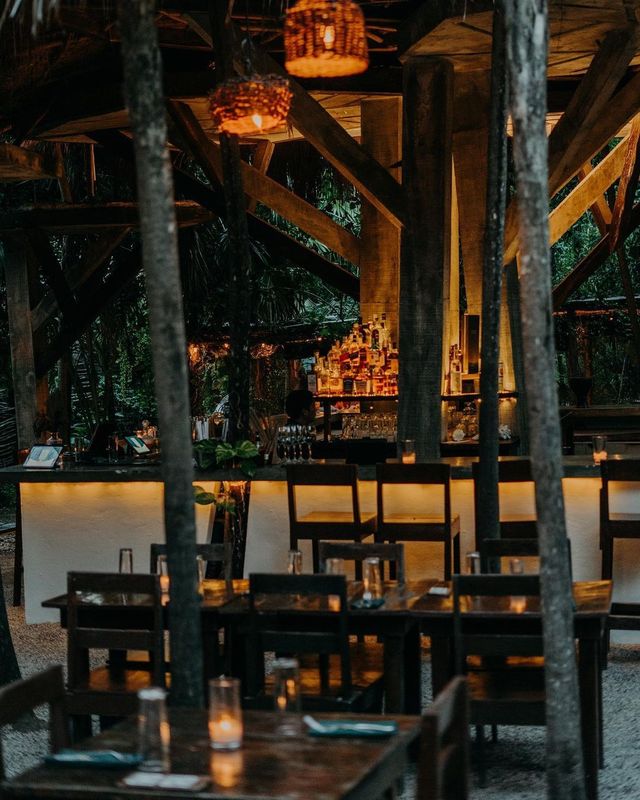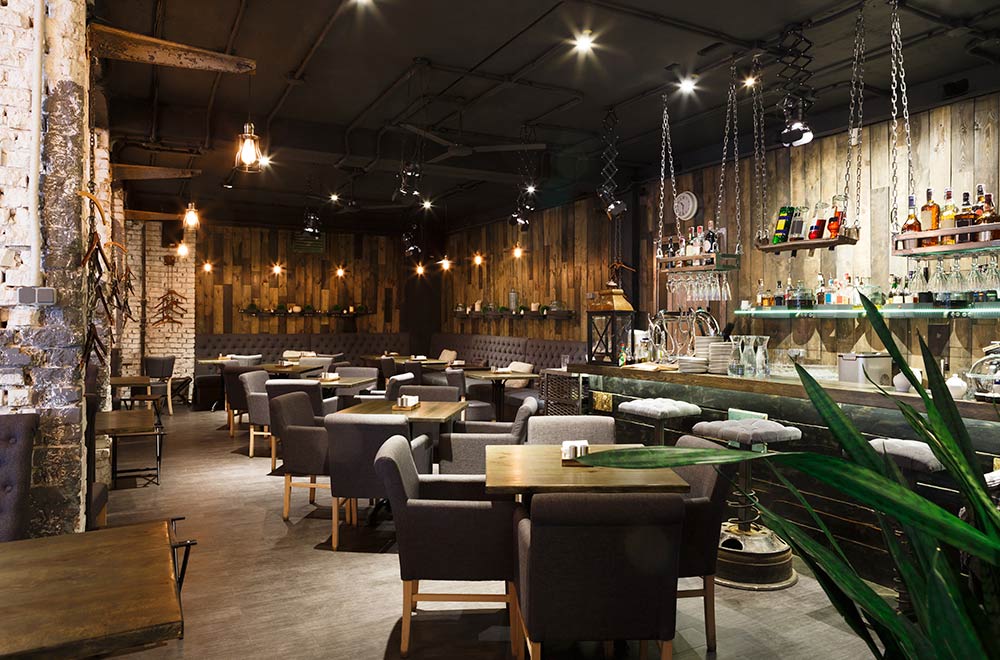Asian Restaurant ISB: A Must-Try Area for Food Lovers in Islamabad
Asian Restaurant ISB: A Must-Try Area for Food Lovers in Islamabad
Blog Article
Savor Authentic Asian Food With a Pan-Asian Twist for a Cooking Journey
Beginning on a culinary journey through genuine Asian food, improved with a Pan-Asian twist, uses a special opportunity to check out the rich tapestry of tastes that specify the area's varied cooking customs. As you consider these luring meals, think about the cultural narratives and historic influences that shape them, each bite supplying a tale waiting to be uncovered. Fine dining experience Islamabad.

Exploring Pan-Asian Flavors
In the realm of worldwide gastronomy, Pan-Asian cuisine stands apart for its remarkable diversity and the unified interplay of tastes from various Asian cultures. This culinary approach celebrates the special ingredients and abundant traditions located throughout the continent, creating a tapestry of tastes that is both fascinating and gratifying. Key to Pan-Asian food is its capacity to balance different tastes-- sweet, salty, spicy, and sour-- while highlighting the quality and top quality of each active ingredient.
From the umami-rich soy sauce of Japan to the fiery chili peppers of Thailand, Pan-Asian food supplies a substantial combination of flavors. These components are often combined in innovative ways, improving recipes with layers of complexity. For instance, the use of fragrant natural herbs such as lemongrass and cilantro, typical in Vietnamese and Thai cuisine, adds a refreshing brightness to dishes, while the incorporation of coconut milk delivers a velvety, abundant texture.
The focus on fresh produce and fragrant seasonings makes certain that each meal is not only a feast for the taste buds but likewise for the senses. Pan-Asian cuisine invites diners to begin on a cooking journey, checking out the substantial and differed landscapes of Asian gastronomy with every bite.
Blend Recipes to Attempt
While Pan-Asian cuisine is commemorated for its conventional tastes, the contemporary culinary landscape is significantly accepting fusion dishes that blend these timeless elements with impacts from other areas. This innovative strategy not just honors the rich heritage of Eastern cookeries however also presents novel preference experiences that attract modern tastes buds.
A prime instance of such a blend meal is the Korean-Mexican taco, where seasoned bulgogi beef is covered in a cozy tortilla, covered with kimchi and a spicy gochujang-infused salsa. This combination weds the strong, tasty tastes of Korea with the vivid, fresh elements of Mexican food. Likewise, sushi burritos have actually obtained popularity, joining together the fragile virtuosity of Japanese sushi with the hearty, hand-held benefit of a burrito, commonly featuring combination active ingredients like tempura shrimp and avocado with a drizzle of wasabi mayo.
An additional noteworthy meal is Thai curry ramen, which instills the luscious, fragrant spices of Thai curry into the soothing brew of traditional Japanese ramen, creating a harmonious mix that entices the senses. These fusion meals expand past plain uniqueness; they represent a culinary dialogue between societies, motivating expedition and development on the planet of Pan-Asian food.
Essential Active Ingredients and Seasonings
To truly appreciate Pan-Asian cuisine, one should understand the important ingredients and flavors that develop its foundation. This diverse cooking style draws from a rich tapestry of Eastern customs, employing an unified mix of tastes and structures.
Fragrant elements are pivotal, with garlic, ginger, and lemongrass being common throughout different Pan-Asian recipes. These active ingredients offer an aromatic base that enhances the intricacy of flavors. site link Seasonings such as star anise, cardamom, and cinnamon present heat and character, resembling influences from areas like China and India.

Cooking Techniques and Tips
Mastering the art of Pan-Asian cuisine needs knowledge with its distinct cooking methods, each contributing to the lively tapestry of flavors this cooking tradition is celebrated for. Central to these approaches is the stir-fry, a rapid cooking technique that protects the nutritional stability and vivid colors of components. Using a frying pan, the stir-fry method enables for also warm circulation, essential for attaining the particular appearance and taste equilibrium of Pan-Asian dishes.
One more essential method is steaming, especially common in Chinese food. This mild approach keeps the all-natural flavors and nutrients of ingredients, making it optimal for fish and shellfish and vegetables. Dumplings, a beloved staple, often gain from steaming, resulting in soft, delicious appearances.
Grilling, also integral, imparts great smoky midsts to recipes such as Oriental bulgogi or Japanese yakitori (Instagrammable restaurants Islamabad). This method typically involves marinating ingredients, permitting flavors to penetrate deeply prior to food preparation over an open flame or warmer
Last but not least, grasping the art of balancing flavors-- pleasant, sour, salty, bitter, and umami-- is essential. Effectively layering these aspects can raise a recipe from ordinary to extraordinary, supplying a complex and pleasing culinary experience that symbolizes the essence of Pan-Asian cuisine.
Eating Experiences Worldwide
Around the world, Pan-Asian cuisine provides an unequaled dining experience, commemorated for its rich tapestry of flavors and vibrant presentations. This cooking phenomenon has actually transcended social limits, capturing the hearts and tastes buds of food lovers worldwide. In cosmopolitan cities fresh York, London, and Sydney, Pan-Asian restaurants offer as fusions where culinary traditions from Thailand, Japan, China, and past merge, supplying diners with a diverse mix of recipes that highlight the region's variety.
The global charm of Pan-Asian food hinges on its capability to use both credibility and development. Chefs masterfully marry conventional components such as lemongrass, soy sauce, and miso with contemporary methods, leading to recipes that are both refreshingly brand-new and acquainted. This fusion enables restaurants to start a cooking journey that values heritage while embracing modernity.
Furthermore, dining experiences are raised through attentively designed environments that show the values of Pan-Asian looks. From minimal Japanese-inspired insides to vivid Thai-themed additional resources rooms, each dining establishment supplies an unique atmosphere that complements the cooking offerings. Therefore, customers are not merely taking in a meal however partaking in a cultural experience, making Pan-Asian dining a really global sensation.
Final Thought
The exploration of Pan-Asian cuisine supplies an extensive understanding of the complex interaction of tastes and culinary traditions across Asia. By embracing fusion recipes such as Thai curry ramen and sushi burritos, the cooking journey not only highlights the versatility of conventional ingredients but additionally showcases innovative modern-day strategies. This gastronomic experience, improved by cooking techniques and necessary flavors, provides an one-of-a-kind possibility to value the social variety and culinary artistry that specify Pan-Asian food on a global range.
Getting started on a cooking journey via authentic Asian food, improved with a Pan-Asian spin, offers a distinct chance to check out the abundant tapestry of flavors that define the area's diverse culinary practices.In the world of international gastronomy, Pan-Asian food stands out for its exceptional variety and the unified interplay of tastes from numerous Oriental societies. Secret to Pan-Asian food is its capability to stabilize different flavors-- sweet, salted, spicy, and sour-- while highlighting the quality and high quality of each active ingredient.

Report this page